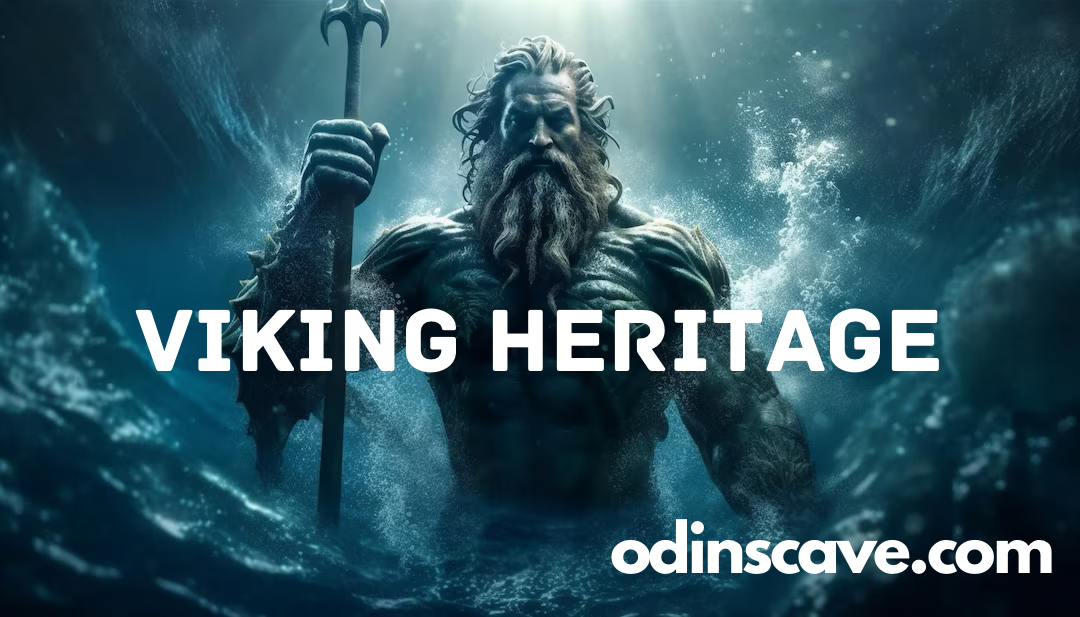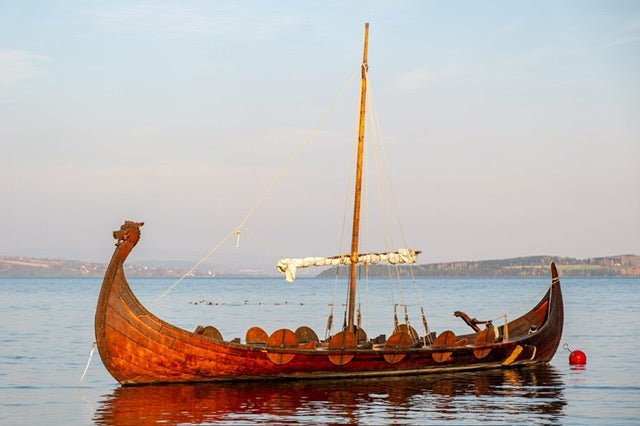Viking History
Viking Heritage - The Norseman Legacy
The Legacy of the Norsemen: Delving into Viking HeritageThe Viking Age, spanning from the late 8th to early 11th century, is a fascinating period in human history marked by exploration, conquest, and cultural exchange. The Vikings, originating from the Scandinavian...
Viking Longships, Legendary World of Viking Longships
Viking ships have become an iconic symbol of the Viking Age, and with good reason. Although, you may know them as Long Ships Viking ships were incredibly advanced for their time, allowing Viking warriors to travel across Europe and...


